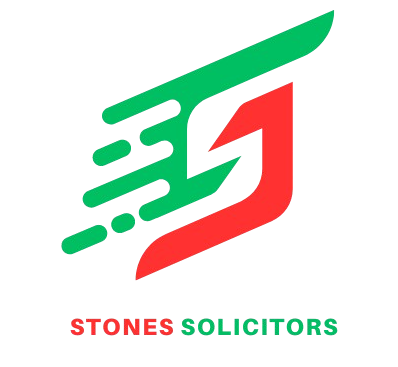Mold remediation is the process of removing mold from a building or home and taking preventative measures to avoid future outbreaks. Mold can develop in any environment with excess moisture, leading to structural damage and posing health risks to inhabitants. Effective mold remediation requires thorough cleaning, repair, and prevention strategies to ensure long-term results.

Understanding Mold and Its Risks
Mold is a type of fungus that grows in moist areas, often thriving on organic materials like wood, drywall, and carpets. Common types of indoor mold include Aspergillus, Penicillium, Cladosporium, and Stachybotrys (black mold). Prolonged exposure to mold can lead to various health issues, including allergic reactions, respiratory problems, and skin irritation. For individuals with compromised immune systems, mold exposure can lead to more severe symptoms.
When Is Mold Remediation Needed?
Mold remediation is needed when:
- Visible Mold Growth: If you see mold spots on walls, ceilings, or floors, especially after water damage or high humidity, it’s time for remediation.
- Persistent Musty Odors: A moldy smell often indicates hidden mold growth, even if you can’t see it.
- Water Damage or Flooding: Mold can start growing within 24 to 48 hours after water exposure, making immediate action crucial after flooding or leaks.
- Health Issues: If occupants are experiencing unexplained health symptoms such as allergic reactions, asthma flare-ups, or respiratory problems, mold could be the cause.
The Mold Remediation Process
Mold remediation involves a multi-step process to not only remove the mold but also address the source of the moisture that allowed it to thrive. Here are the key steps:
1. Inspection and Assessment
A professional mold remediation company begins with an inspection of the affected area to assess the extent of mold growth. This includes identifying the type of mold and determining the underlying moisture source, such as a leak or poor ventilation.
2. Containment
To prevent mold spores from spreading to other areas, the contaminated zone is sealed off using plastic sheeting and specialized negative air pressure equipment. This ensures that the mold removal process doesn’t contaminate the rest of the building.
3. Air Filtration
High-efficiency particulate air (HEPA) filters are used to clean the air and trap mold spores that may be circulating in the environment. This step helps to improve indoor air quality and reduce the risk of mold re-growth.
4. Mold Removal
Mold-infested materials, such as drywall, insulation, or carpets, may need to be removed and discarded if the damage is severe. For surfaces that can be cleaned, antimicrobial treatments are used to kill the mold. Scrubbing, sanding, or dry ice blasting may be employed depending on the surface and the extent of the contamination.
5. Cleaning and Sanitization
After the visible mold is removed, all affected areas must be thoroughly cleaned and sanitized. This includes cleaning personal items like furniture, curtains, and clothing that may have been exposed to mold spores. In some cases, professional cleaning services may be required for certain belongings.
6. Repair and Restoration
After mold removal, the property must be mold remediation repaired to address any structural damage caused by the mold. This might involve replacing drywall, flooring, or other building materials. In addition, fixing the moisture issue—such as repairing leaks, improving drainage, or installing dehumidifiers—is essential to prevent future mold growth.
Preventing Future Mold Growth
Effective mold remediation includes steps to prevent mold from coming back. Here are several strategies to reduce the risk of future outbreaks:
- Control Humidity Levels: Keep indoor humidity levels between 30-50% by using dehumidifiers, air conditioners, or proper ventilation systems, especially in bathrooms, kitchens, and basements.
- Fix Water Leaks Promptly: Address any water damage, roof leaks, or plumbing issues immediately to prevent mold from developing.
- Improve Air Circulation: Ensure proper ventilation in areas prone to moisture buildup. Use exhaust fans in bathrooms and kitchens and open windows when possible to encourage airflow.
- Use Mold-Resistant Products: When renovating or building, opt for mold-resistant drywall, paint, and insulation, especially in high-humidity areas like bathrooms and basements.
- Regular Inspections: Regularly check areas that are prone to moisture, such as under sinks, around windows, and in basements or crawl spaces.
The Cost of Mold Remediation
The cost of mold remediation varies depending on the size of the affected area, the severity of the contamination, and the extent of repairs needed. Minor mold problems may cost a few hundred dollars, while larger, more complex issues can run into the thousands. It’s essential to choose a qualified mold remediation company to ensure the job is done safely and effectively.
Conclusion
Mold remediation is a crucial process for maintaining a healthy and safe environment, especially in homes and buildings prone to moisture issues. Whether mold is visible or hidden, timely remediation can prevent further damage and health problems. The key to successful mold remediation lies not only in removing the existing mold but also in addressing the root cause and implementing preventative measures. By taking proactive steps, homeowners and businesses can protect their property and health from the dangers of mold
